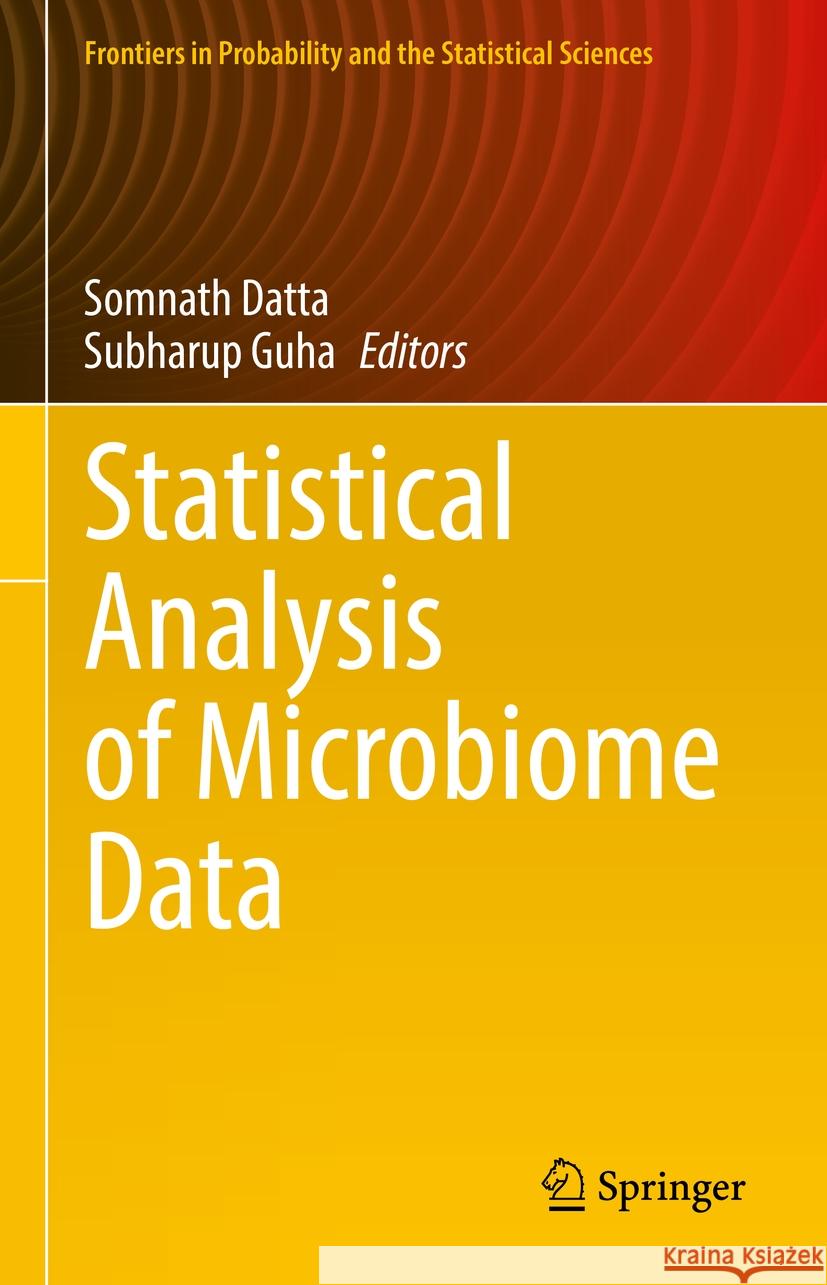Statistical Analysis of Microbiome Data » książka
topmenu
Statistical Analysis of Microbiome Data
ISBN-13: 9783030733506 / Angielski / Twarda / 2021 / 242 str.
Statistical Analysis of Microbiome Data
ISBN-13: 9783030733506 / Angielski / Twarda / 2021 / 242 str.
cena 483,04
(netto: 460,04 VAT: 5%)
Najniższa cena z 30 dni: 462,63
(netto: 460,04 VAT: 5%)
Najniższa cena z 30 dni: 462,63
Termin realizacji zamówienia:
ok. 22 dni roboczych.
ok. 22 dni roboczych.
Darmowa dostawa!
Kategorie BISAC:
Wydawca:
Springer
Seria wydawnicza:
Język:
Angielski
ISBN-13:
9783030733506
Rok wydania:
2021
Wydanie:
2021
Numer serii:
000693945
Ilość stron:
242
Waga:
0.68 kg
Wymiary:
23.39 x 15.6 x 2.06
Oprawa:
Twarda
Wolumenów:
01
Dodatkowe informacje:
Wydanie ilustrowane











